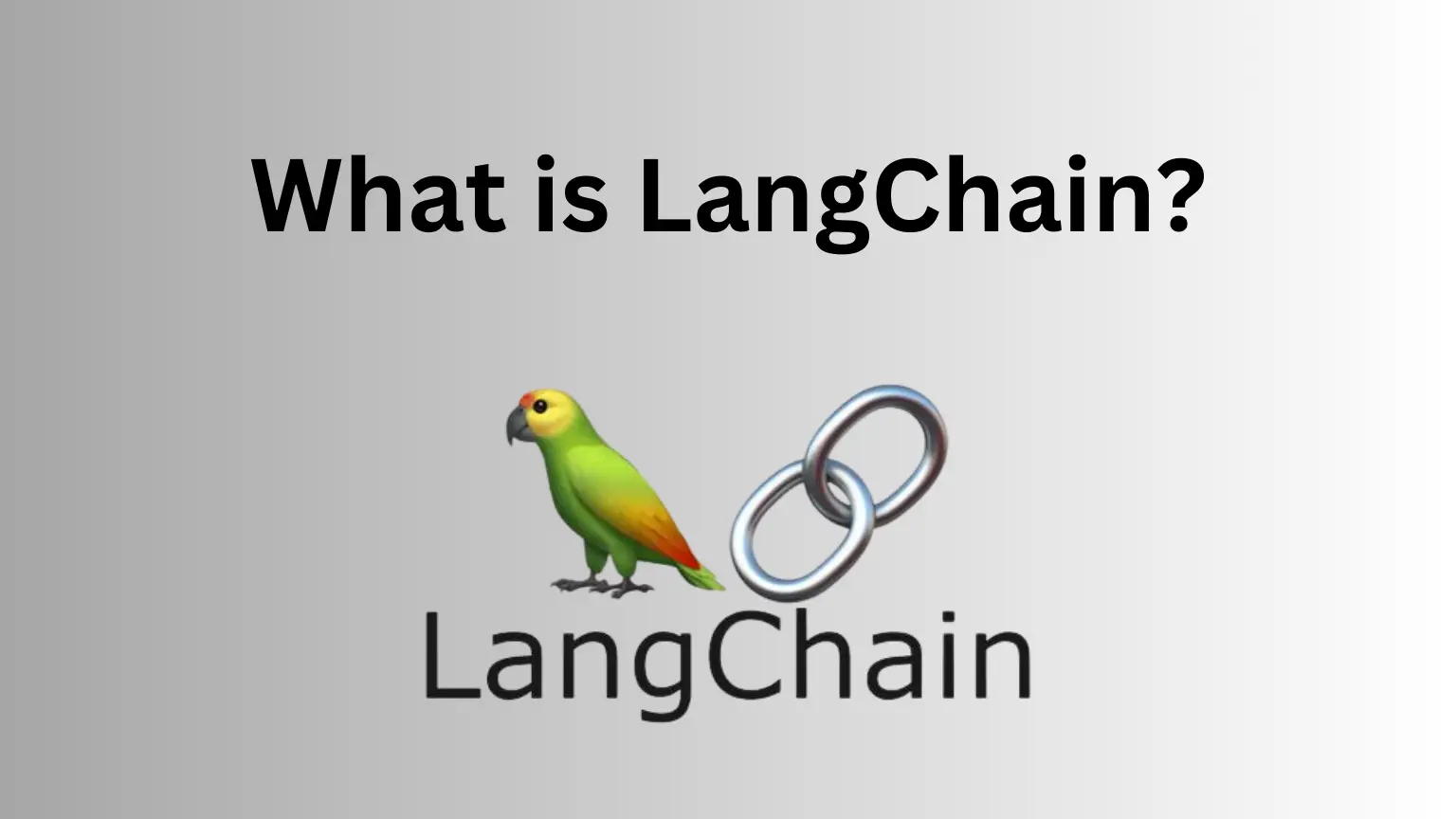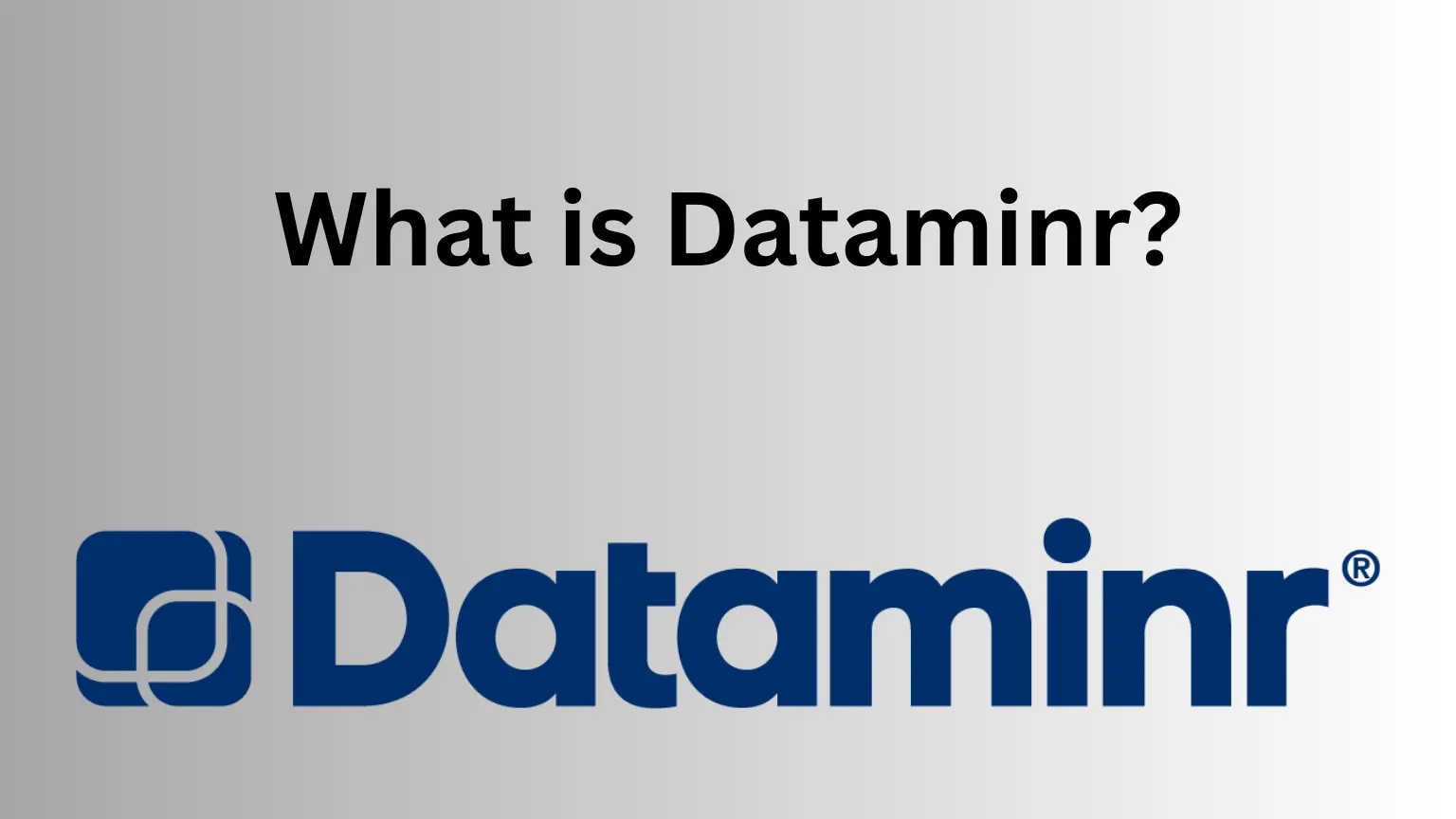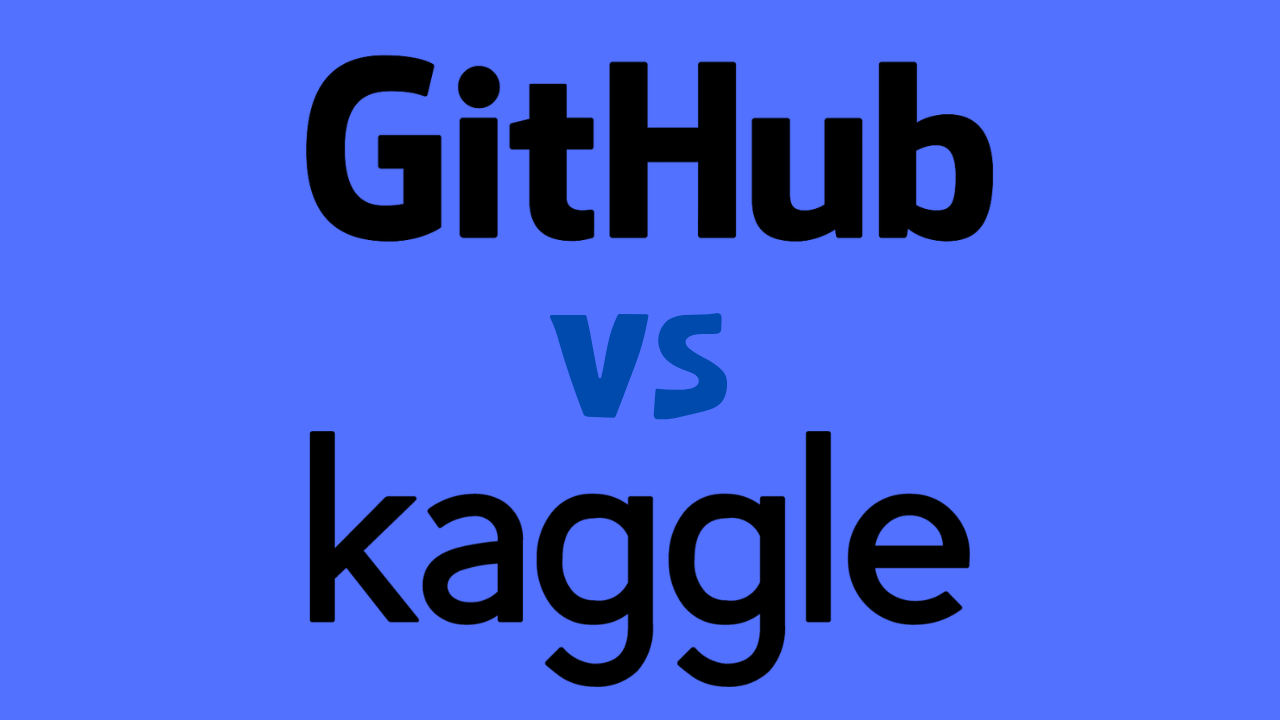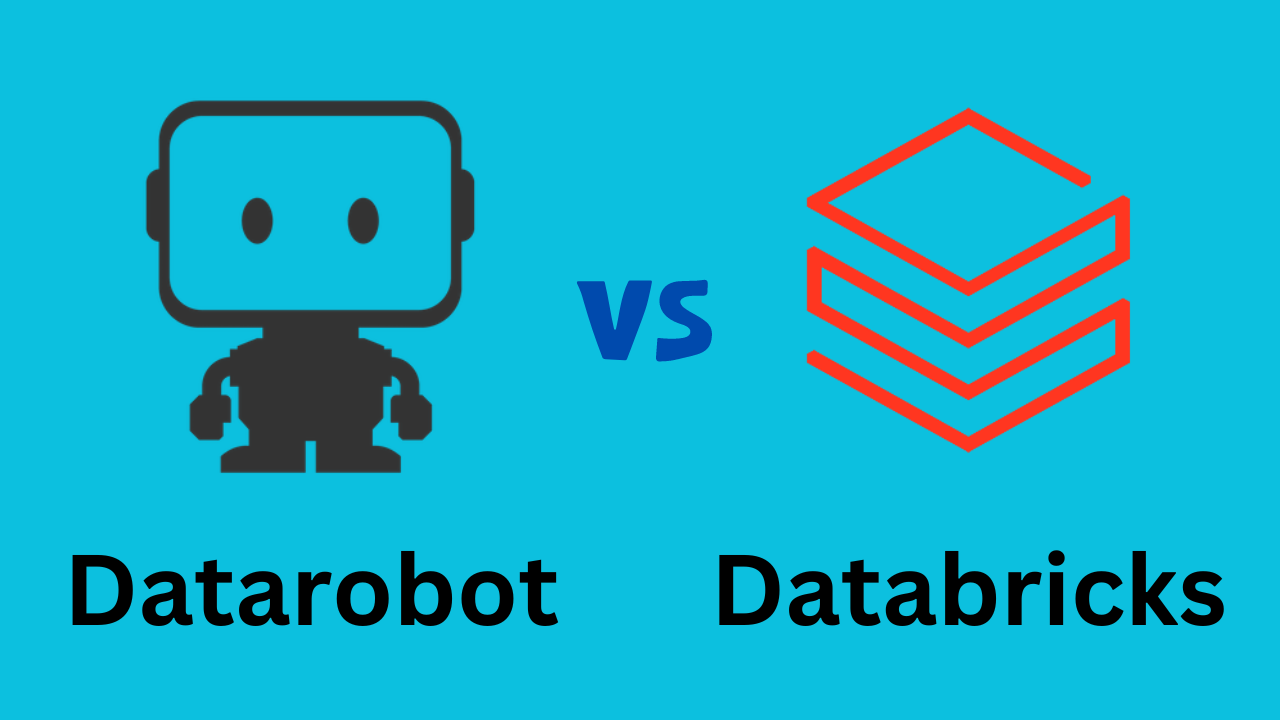Web development is a vast field that requires a variety of skills and knowledge. Two of the most important areas of web development are front-end and back-end development. In this article, we will explore the differences between front end vs back end languages, including the programming languages used, the responsibilities of each role, and the job outlook for each field.
Git Rebase Vs Merge: A Detailed Insight
Front End vs Back End Languages
Front-End Development
Front-end development is the part of web development that deals with the user interface and user experience of a website or application. Front-end developers are responsible for creating the visual elements of a website, such as the layout, colors, fonts, and images. They also ensure that the website is responsive and works well on different devices, such as desktops, tablets, and smartphones.
Front-End Languages
Front-end developers use a variety of programming languages to create the visual elements of a website. The most common front-end programming languages are:
- HTML: HTML stands for Hypertext Markup Language and is used to create the structure of a website.
- CSS: CSS stands for Cascading Style Sheets and is used to style the HTML elements of a website.
- JavaScript: JavaScript is a programming language that is used to create interactive elements on a website, such as dropdown menus, pop-ups, and animations.
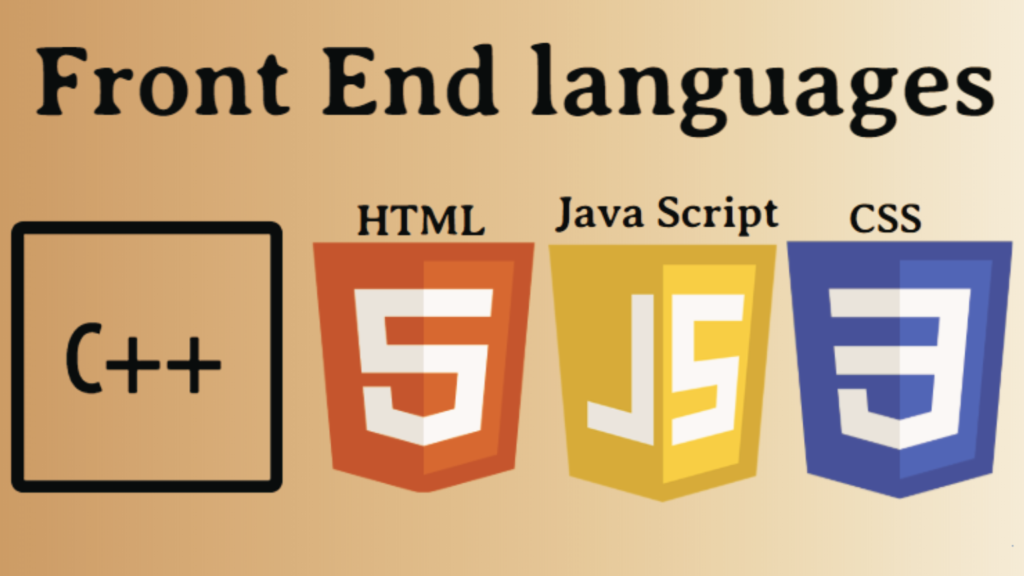
Responsibilities of Front-End Developers
Front-end developers are responsible for creating the visual elements of a website and ensuring that it is user-friendly and responsive. They work closely with designers to ensure that the website meets the client’s requirements and is visually appealing. They also work with back-end developers to ensure that the website is functional and works well on different devices.
Job Outlook for Front-End Developers
According to the Bureau of Labor Statistics, the job outlook for front-end developers is positive, with a projected growth rate of 8% from 2019 to 2029. The annual salary for front-end developers in USA is $111,365 as per Indeed.
Back-End Development
Back-end development is the part of web development that deals with the server-side of a website or application. Back-end developers are responsible for creating the logic and functionality of a website, such as the database, server, and APIs. They ensure that the website is secure, scalable, and efficient.
Back-End Languages
PHP: It is a server-side scripting language that is used to create dynamic web pages and web applications. It is an open-source language, which means that it is free to use and can be modified by developers.
Python: Python is a high-level programming language that is used for web development, data analysis, and artificial intelligence.
Ruby: Ruby is a dynamic, object-oriented programming language that is used for web development, server-side scripting, and automation.
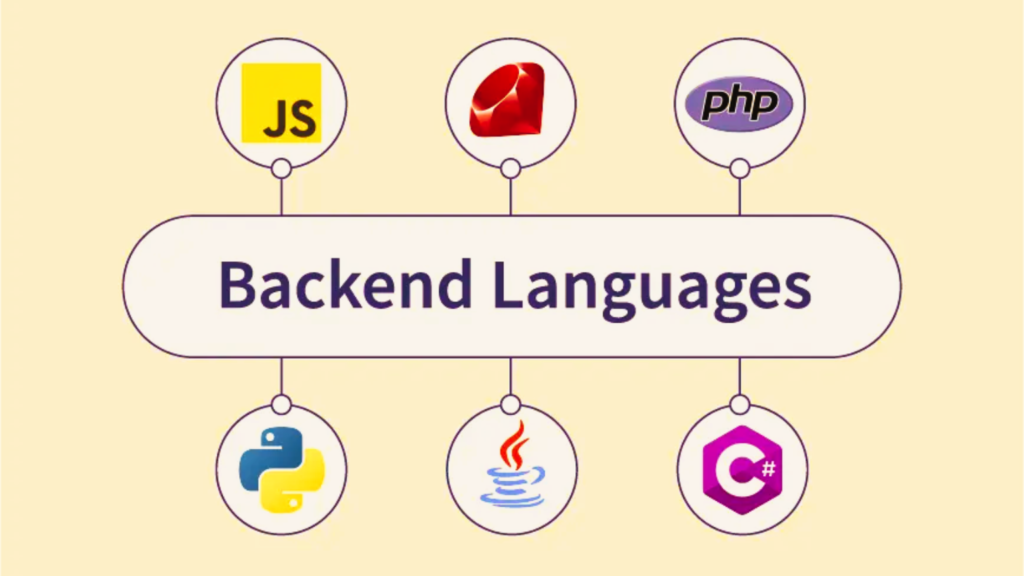
Responsibilities of Back-End Developers
Back-end developers are responsible for creating the logic and functionality of a website. They work closely with front-end developers to ensure that the website is functional and works well on different devices. They also ensure that the website is secure, scalable, and efficient.
Job Outlook for Back-End Developers
According to the Bureau of Labor Statistics, the job outlook for back-end developers is positive, with a projected growth rate of 5% from 2019 to 2029. The median annual salary for back-end developers in USA is $158,220 as per Indeed.
Full-Stack Development
Full-stack development is a term used to describe developers who are proficient in both front-end and back-end development. Full-stack developers are responsible for creating the entire website or application, from the user interface to the server-side logic. They are in high demand because they can work on all aspects of a project, which makes them valuable to companies.
Conclusion
In conclusion, front-end and back-end development are two important areas of web development that require different skills and knowledge. Front-end developers are responsible for creating the visual elements of a website, while back-end developers are responsible for creating the logic and functionality of a website. Full-stack developers are proficient in both front-end and back-end development and are in high demand. The job outlook for both front-end and back-end developers is positive, with a projected growth rate of 8% and 5%, respectively.
FAQs
What is the difference between front-end and back-end development?
Front-end development deals with the user interface and user experience of a website, while back-end development deals with the server-side logic and functionality of a website.
Can front-end developers work on back-end development?
Yes, front-end developers can learn back-end development and become full-stack developers.
Can back-end developers work on front-end development?
Yes, back-end developers can learn front-end development and become full-stack developers.
What are some resources for learning front-end and back-end development?
Some resources for learning front-end and back-end development include online courses, coding bootcamps, and open-source projects. Some popular online learning platforms include Udemy, Coursera, and Codecademy.


